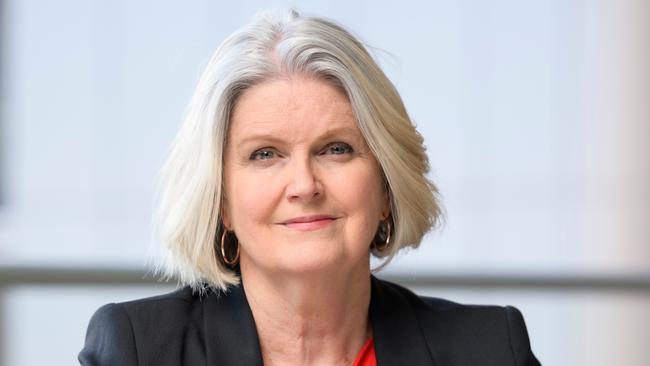Women almost twice as likely to live in poverty, says report
Women bear a disproportionate poverty burden in Australia, with households where they are the main income earner facing almost twice the risk of being in poverty as households where men are the main earner.

Women bear a disproportionate poverty burden in Australia, with households where they are the main income earner facing almost twice the risk of being in poverty as households where men are the main earner.
And people relying on government support payments are deepest in poverty, a new report warns, with those in households relying on JobSeeker living on average $269 per week below the poverty line. Almost three in four people receiving the Parenting Payment are living in poverty compared to the overall total of one in eight Australians, the report from the University of NSW and the Australian Council of Social Service says.
The report – Poverty in Australia 2023: Who is affected? – also shows renters, sole parents, migrants from non-English speaking nations and people with disability are at the highest risk of poverty.
Women are often over-represented in categories of Australians at high risk of poverty, the report says. “Since women have much lower incomes on average than men, they and family members relying on them faced a greater risk of poverty (18 per cent) than those in households with a main income-earner who was a man,” the report says.
It also confirms that housing status is a significant marker of potential poverty.
“One fifth of tenants in private rental and half of public housing tenants were in poverty in 2019-20 (the latest available data), compared with less than one in 10 people who owned or were buying their homes.”
Those in deepest poverty were people relying on Youth Allowance for sustenance. They were on average $390 per week below the poverty line, the report, using Australian Bureau of Statistics data, says.
ACOSS chief executive Cassandra Goldie said the study demonstrated the need for the Albanese government to lift working-age income payments to at least $76 a day, as well as doubling rent assistance and providing more support for sole parents and people with disability.
“The fact that a majority of people relying on unemployment payments and parenting payments are in poverty shows that current income support payments for people who are unemployed and single-parent families are totally inadequate to meet the essentials of life,” Dr Goldie said.
UNSW researcher Carla Treloar said the “depth of poverty experienced by young people on Youth Allowance is unacceptable”.
“We see every day on campus the impact that this has on students who are struggling to pay for essentials while trying to complete their degrees,” she said.
The report comes amid a pre-budget push for increased unemployment payments, including the launch of a cross-party parliamentary group focused at ending poverty, and a number of independent and parliamentary committees examining the issue.




To join the conversation, please log in. Don't have an account? Register
Join the conversation, you are commenting as Logout